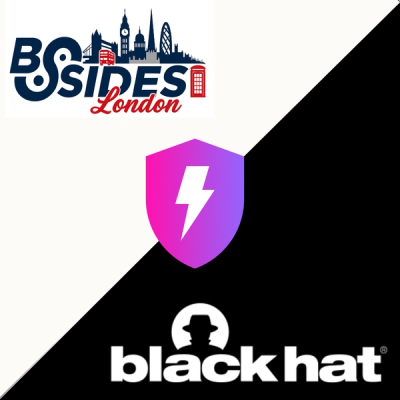grunt-embed


This is a Grunt plugin wrapper around resource-embedder.
Turns short external scripts and stylesheets into embedded ones:
<script src="foo.js"></script> becomes <script> ... </script><link rel="stylesheet" href="bar.css"> becomes <style> ... </style>
The default behaviour is to embed anything under 5KB in size, but this threshold is configurable.
Should you embed your scripts? Depends. Embedding reduces the number of HTTP requests, and can reduce blocking of subsequent requests and page rendering, but it also means the resources can't be cached individually and shared between pages.
You should do your own measurements to work out if this is a good trade-off in your situation. But, as a guide: short, blocking scripts in the head are often a good candidate for embedding.
A small Modernizr build is a good example: if it's embedded (as a script before your main stylesheet), it will have been executed and applied any special CSS classes to the <html> tag before your styles are received. Then as soon as the styles are received, any subsequent background-image downloads can be started immediately, because Modernizr's classes will already have been added to the <html> tag.
Getting Started
This plugin requires Grunt (see Getting Started).
Install:
npm install grunt-embed --save-dev
Load the task in your Gruntfile:
grunt.loadNpmTasks('grunt-embed');
The "embed" task
Overview
In your Gruntfile, add a section named embed to the data object passed into grunt.initConfig().
grunt.initConfig({
embed: {
options: {
},
your_target: {
},
},
})
Options
Any options will be passed through to resource-embedder – see full list of options.
Usage Examples
Default Options
Embed any external scripts and stylesheets under 5KB in size (the default threshold):
grunt.initConfig({
embed: {
some_target: {
files: {
'dest/output.html': 'src/input.html'
}
}
}
})
Custom Options
Custom threshold – embed anything under 3KB in size:
grunt.initConfig({
embed: {
options: {
threshold: '3KB'
},
some_target: {
files: {
'dest/output.html': 'src/input.html'
}
}
}
})
Overriding the options for a given script/stylesheet
You can use data-embed attributes to override the options for an individual resource.
<script src="foo.js" data-embed></script>
<script src="foo.js" data-embed="false"></script>
<script src="foo.js" data-embed="10KB"></script>
Contributing
In lieu of a formal styleguide, take care to maintain the existing coding style. Add unit tests for any new or changed functionality. Lint and test your code using Grunt.
Release History
(Nothing yet)
License
Copyright (c) 2013 Callum Locke. Licensed under the MIT license.




